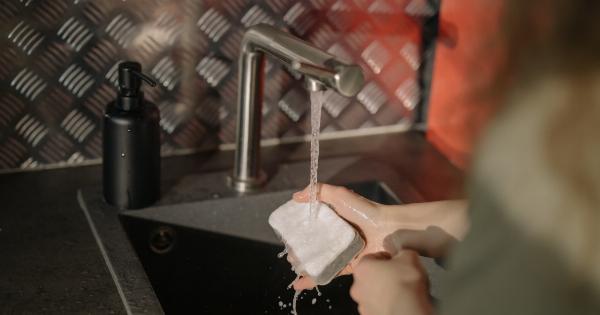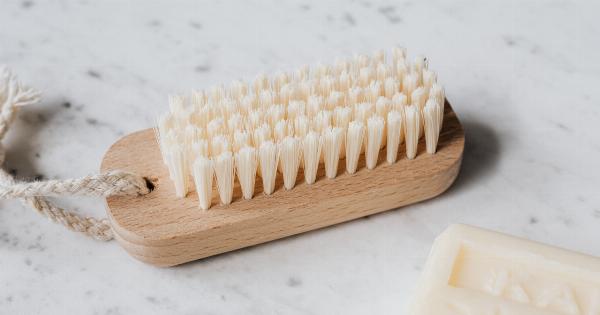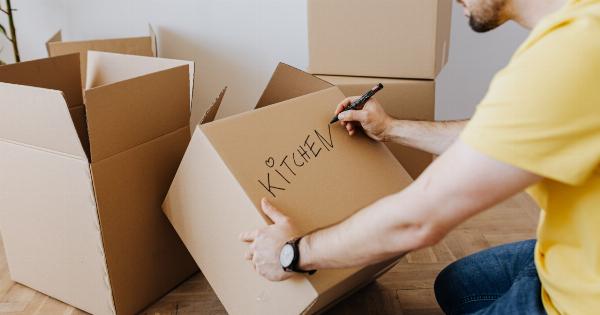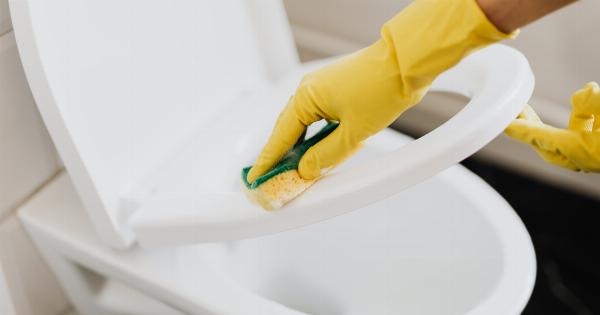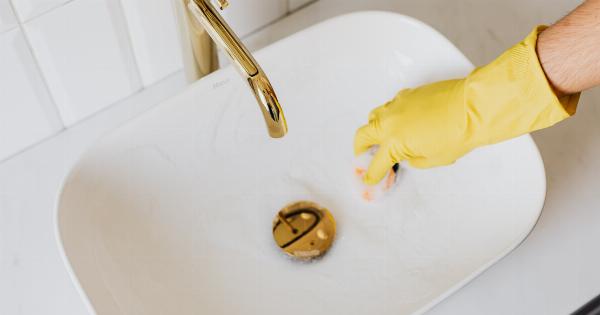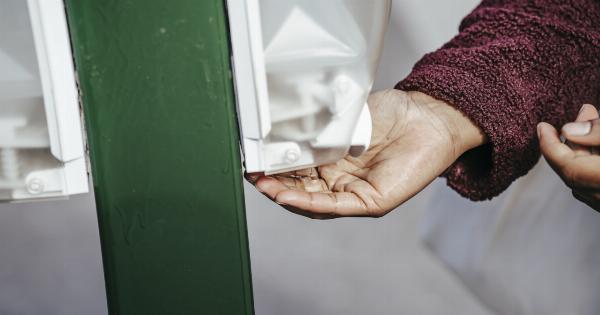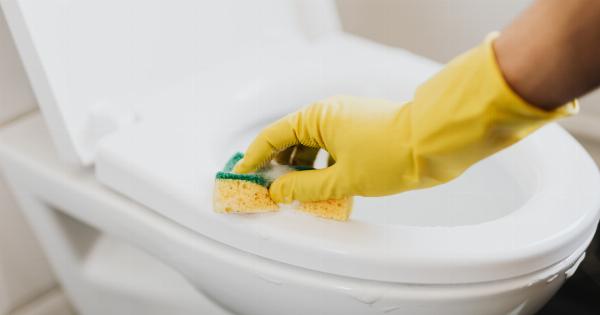Keeping a clean and sanitary kitchen is crucial to the health and well-being of your family. One commonly used item in the kitchen is the kitchen sponge, which is used for cleaning dishes, countertops, and other surfaces.
However, over time, sponges can accumulate dirt, germs, and bacteria, which can potentially make you and your family sick. Knowing when to replace your kitchen sponge is essential to keep your kitchen clean and healthy.
1. After a Week of Use
The general rule of thumb for replacing your kitchen sponge is to replace it every week. Using a sponge for a week is enough time for it to accumulate dirt, food particles, and bacteria, which can cause unpleasant odors and spread germs.
When you use a sponge to clean dishes or surfaces, it picks up debris and bacteria. When it’s not rinsed out or sanitized properly, this bacteria can grow and multiply rapidly, leading to potential health hazards.
Replacing your kitchen sponge every week is an excellent way to prevent the build-up of bacteria and ensure a clean kitchen. This is especially important if you have young children or pets, as they may be more susceptible to germs and bacteria.
2. When It Starts to Smell
Another sign that your sponge needs replacing is when there is a funky odor emanating from it. The smell is caused by bacteria growing on the sponge, which can produce a musty or sour smell.
If you notice an unpleasant scent when using your sponge, it’s time to throw it away and replace it with a new one. Using a smelly sponge can lead to cross-contamination of surfaces and dishes, which can be harmful to your health.
3. When It Becomes Discolored
A clear sign that your sponge is past its prime is when it begins to discolor. Over time, sponges can become yellow or brown due to the accumulation of dirt and food particles.
When a sponge becomes discolored, it’s a sign that it’s no longer effective or safe to use. Discoloration is an indication that the sponge is contaminated with bacteria and could potentially spread germs to your dishes and surfaces.
4. When It Falls Apart
As a sponge is used repeatedly, it can weaken and start to fall apart. If you notice that your sponge is beginning to shred or lose pieces, it’s time to replace it.
A falling apart sponge can leave behind small pieces, which could potentially get into your food or onto your surfaces. This could result in a choking hazard or the spread of bacteria and germs.
5. When You Have Been Sick
If you or a family member has been sick with a virus or bacteria, it’s essential to replace your kitchen sponge.
Germs and bacteria can linger on sponges for up to 48 hours, so using a sponge that has been exposed to illness could spread the germs further.
It’s essential to dispose of any sponges used during this time and replace them with new ones. Additionally, sanitizing your kitchen surfaces and dishes with a disinfectant is necessary to prevent the spread of disease and germs.
6. When You Use It for High Risk Foods
Using the same sponge to clean high-risk foods like raw meat, poultry, or fish can lead to cross-contamination and the spread of harmful bacteria. To prevent this, it’s important to use a separate sponge for cleaning these types of foods.
If you accidentally use your regular sponge to clean raw meat or other high-risk foods, it’s best to replace it immediately. This will prevent the spread of harmful bacteria to other surfaces and dishes.
7. When You Are Cleaning Up After Flood or Sewer Backups
If your home experiences flooding or a sewer backup, cleaning up can be hazardous. Bacteria and germs can spread quickly, and sponges used for cleanup can become contaminated with harmful pollutants.
If you use a sponge to clean up after a flood or sewer backup, it’s best to dispose of it immediately and replace it with a new one. Additionally, it’s crucial to disinfect your home thoroughly to prevent the spread of bacteria and germs.
8. When You Have Pets
If you have pets in your home, it’s essential to use a separate sponge for their needs. Pets can carry harmful bacteria, parasites, and viruses that could potentially spread to your dishes and surfaces.
Using a separate sponge for your pet’s needs helps prevent the spread of germs and bacteria to the rest of your home.
Additionally, replacing your pet’s sponge every week is necessary to ensure a clean and healthy environment for you and your furry friend.
9. When You Are Cleaning a Baby’s Bottles or Dishes
Using a separate sponge to clean your baby’s bottles and dishes is essential to prevent the spread of harmful bacteria. Babies have developing immune systems, and exposure to harmful bacteria could potentially make them sick.
When using a sponge to clean your baby’s bottles and dishes, it’s best to replace it every week. Additionally, sanitizing these items regularly is necessary to prevent the spread of germs and bacteria.
10. When You Are Moving into a New Home
If you’re moving into a new home, it’s essential to check all the sponges left behind by the previous occupants. Sponges left behind could potentially be contaminated with germs and bacteria.
It’s best to dispose of any sponges left behind by the previous occupants and replace them with new ones. Additionally, sanitizing your home thoroughly is necessary to prevent the spread of germs and bacteria.
Conclusion
Replacing your kitchen sponge regularly is essential to ensure a clean and healthy home. Knowing when to replace your sponge is crucial to prevent the spread of germs and bacteria and maintain a sanitary environment for you and your family.
By following these tips and replacing your sponge every week, you can help keep your home clean, healthy, and free from potentially harmful germs and bacteria.

